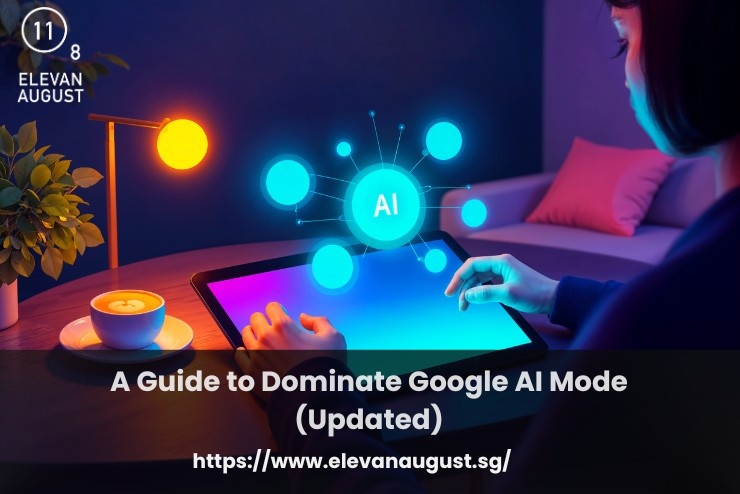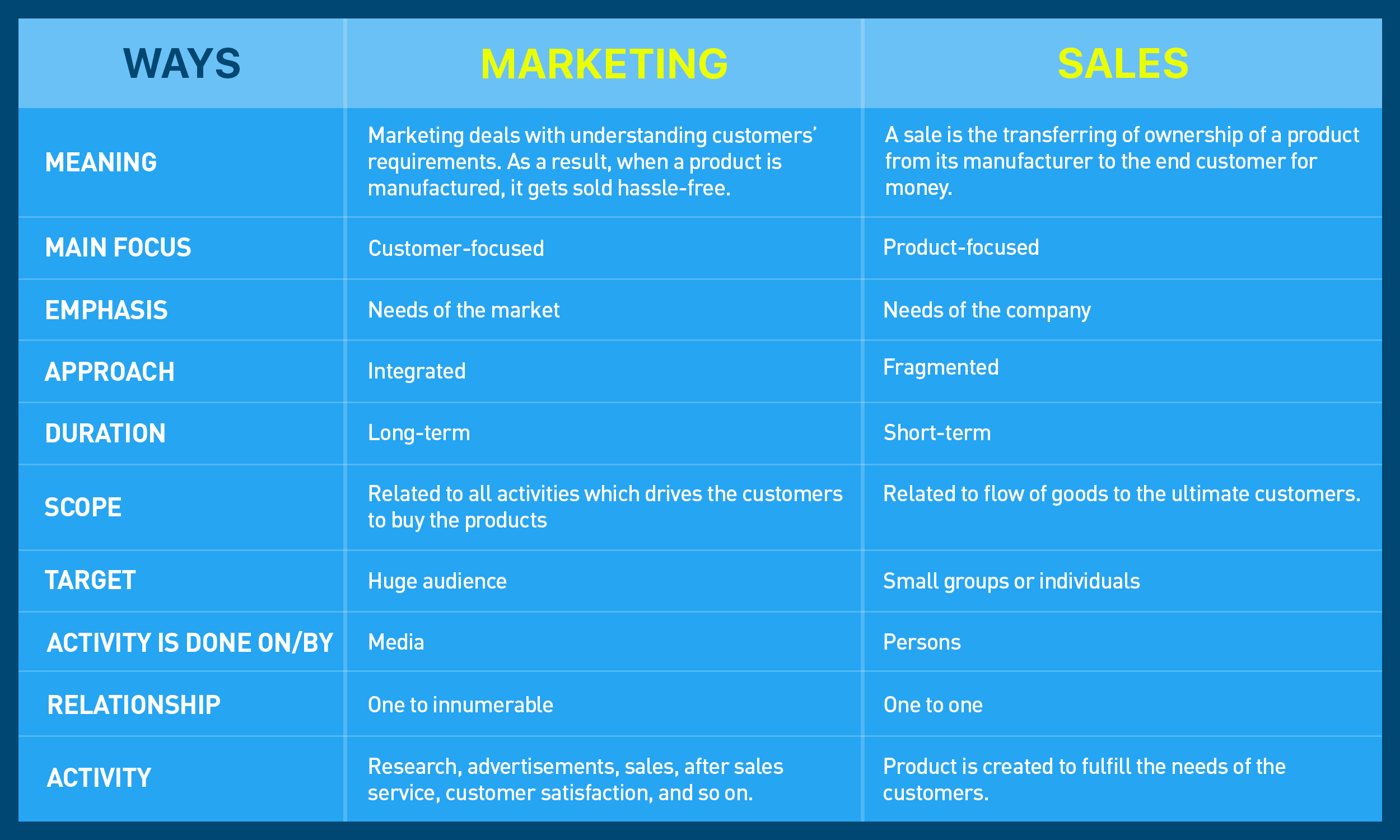Search results look different now. What once led with ten blue links now opens with AI-generated summaries, answer boxes, and dropdowns.
For some businesses, this change has quietly chipped away at traffic. Others have started adjusting how they approach SEO entirely.
If you want visibility inside AI-powered results, your strategy needs more than rankings. It needs relevance, structure, and speed.
Let’s walk through what that means in practice.
Google AI Mode responds better to structured clarity than surface-level relevance
Pages that rise in AI search results tend to do one thing well: they answer questions cleanly.
Google pulls content that’s easy to follow, free of clutter, and written with purpose. It reads the structure, not just the text.
If your article opens with a messy block of keywords or vague intros, it falls behind. What works better: short, helpful sections that stay focused.
This gives the algorithm a clear signal of what your page actually delivers.
Clarity now outweighs keyword density
Repeating target keywords across headers and paragraphs holds less weight.
Google’s AI favours semantic understanding. That means your content should address the topic, not just repeat terms.
A strong article on skincare for teens, for example, would naturally touch on oily skin, breakouts, gentle cleansers, and hydration, without needing to stuff “skincare for teens” in every subhead.
Writing clearly with connected subtopics helps the AI pick your page as a source for overviews.
Formatting gives structure to AI results
Pages with clean formatting give AI better cues. Think consistent H2s and H3s, short paragraphs, and structured lists. Here’s what tends to help:
- Opening summaries in the first 2–3 lines
- Tables or side-by-side comparisons when discussing options
- Bullet lists that explain steps or features
- Bolded keywords used sparingly but strategically
- Alt text that reflects real context, not just a keyword
These help AI understand what each section covers and how to display it inside search features.
Fresh content signals keep your pages in rotation
Content that goes stale slips fast. Google’s AI tends to prioritise pages updated within the last few months, especially in fast-moving niches.
A good update cadence includes adjusting statistics, refining outdated steps, replacing broken links, and refreshing internal references.
Small tweaks matter when Google scans millions of posts for accuracy signals.
Businesses that layer updates into monthly SEO ops tend to retain visibility more consistently.
Author transparency builds trust signals
Pages with visible authorship, bios, or linked credentials tend to perform better in AI results.
These elements give Google more assurance that your content is coming from real, experienced contributors.
That doesn’t mean you need a PhD to rank.
A marketer writing about campaign planning, or a coach explaining client results, creates just as much value. The key is to show that someone real is behind the words.
Intent mapping needs to match how users search now
User search behaviour has shifted alongside AI summaries. People now ask more conversational questions, follow up with related prompts, or skim dropdowns for quick clarity.
Content built around this behaviour performs better. You’ll want to build pages that:
- Anticipate follow-up questions
- Provide layered information, not surface-level definitions
- Use mid-page summaries to re-engage readers
- Group related answers in expandable sections
This keeps your content positioned for both the first answer and the next follow-up.
Topical authority outweighs one-off performance
Sites that show coverage across related topics tend to earn more placements.
A blog with ten connected articles on sustainable fabrics often ranks better than one standout post.
Google’s AI sees consistency as a signal of authority.
A good agency approach here would be to build topic clusters, i.e. 5-7 articles covering different angles of the same theme. This depth helps AI choose your site more confidently across similar search variations.
Final Thoughts
Google’s AI Mode has added a new layer to search—one that rewards structure, usefulness, and consistency. That’s how we work across SEO with our clients too.
Instead of chasing every trend, we focus on the format, flow, and credibility behind every piece. When those parts hold together, rankings follow.
At Elevan August, the best digital marketing agency in Singapore, we help businesses rethink how they show up in AI-powered search. If your team is ready to shape that next move, we’re always up for a conversation.






